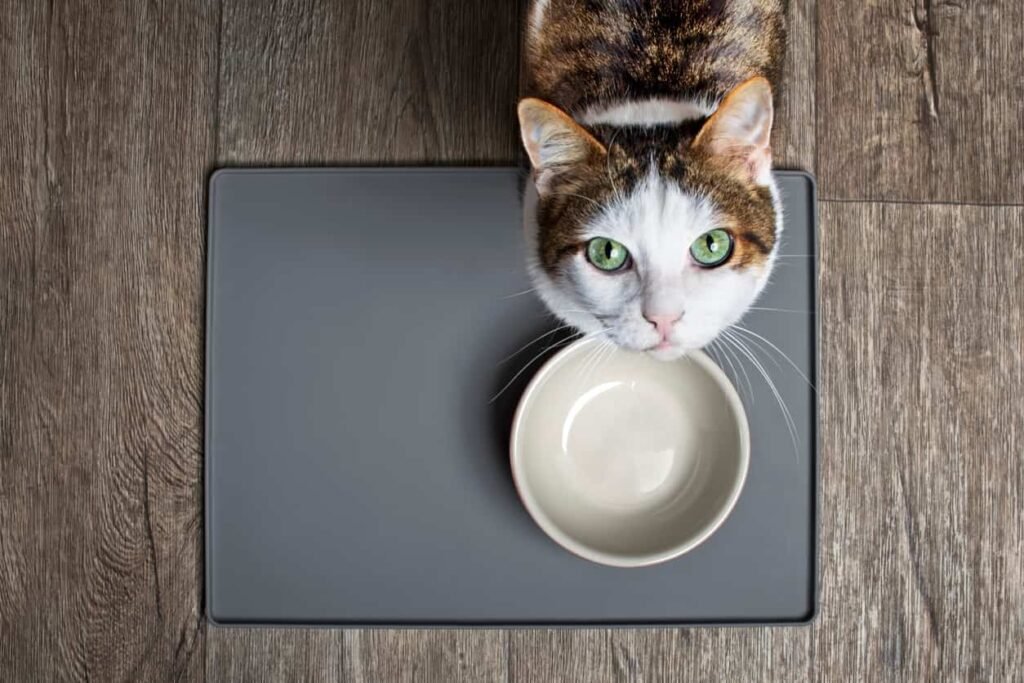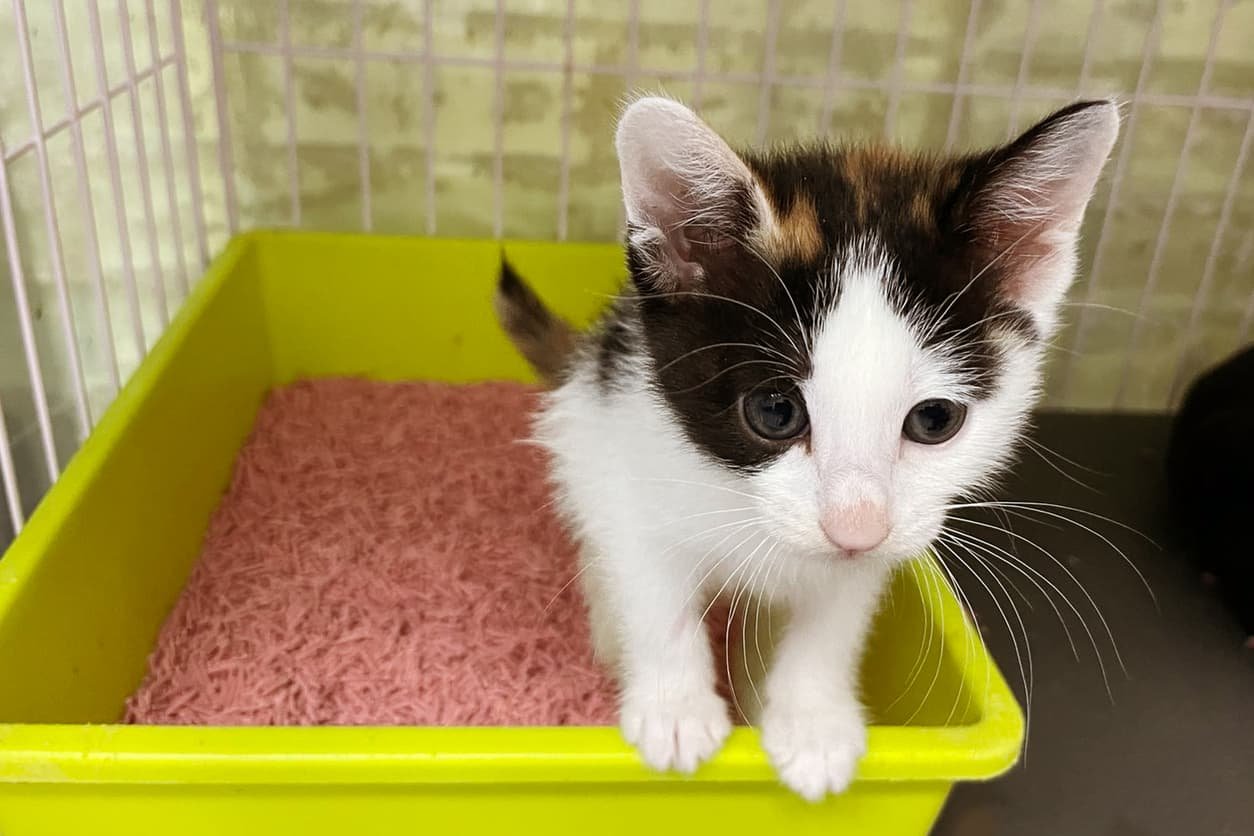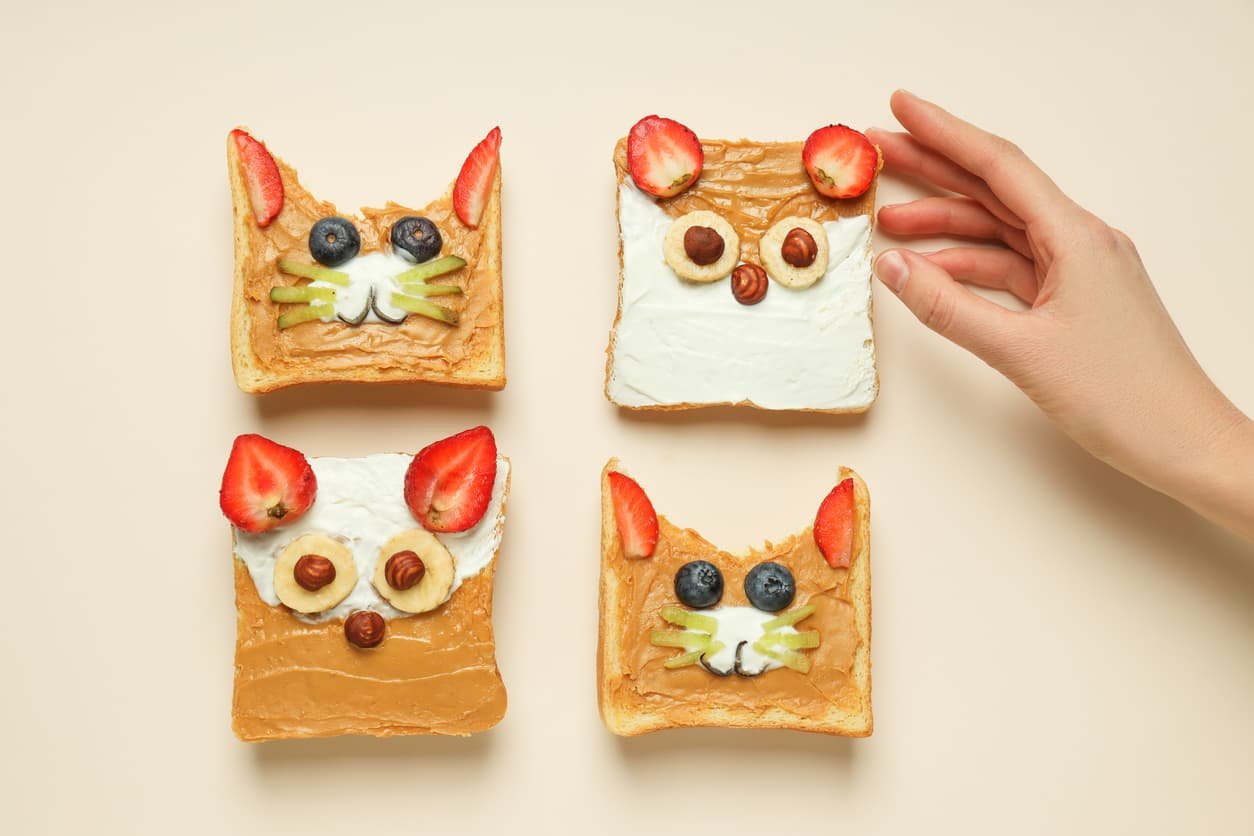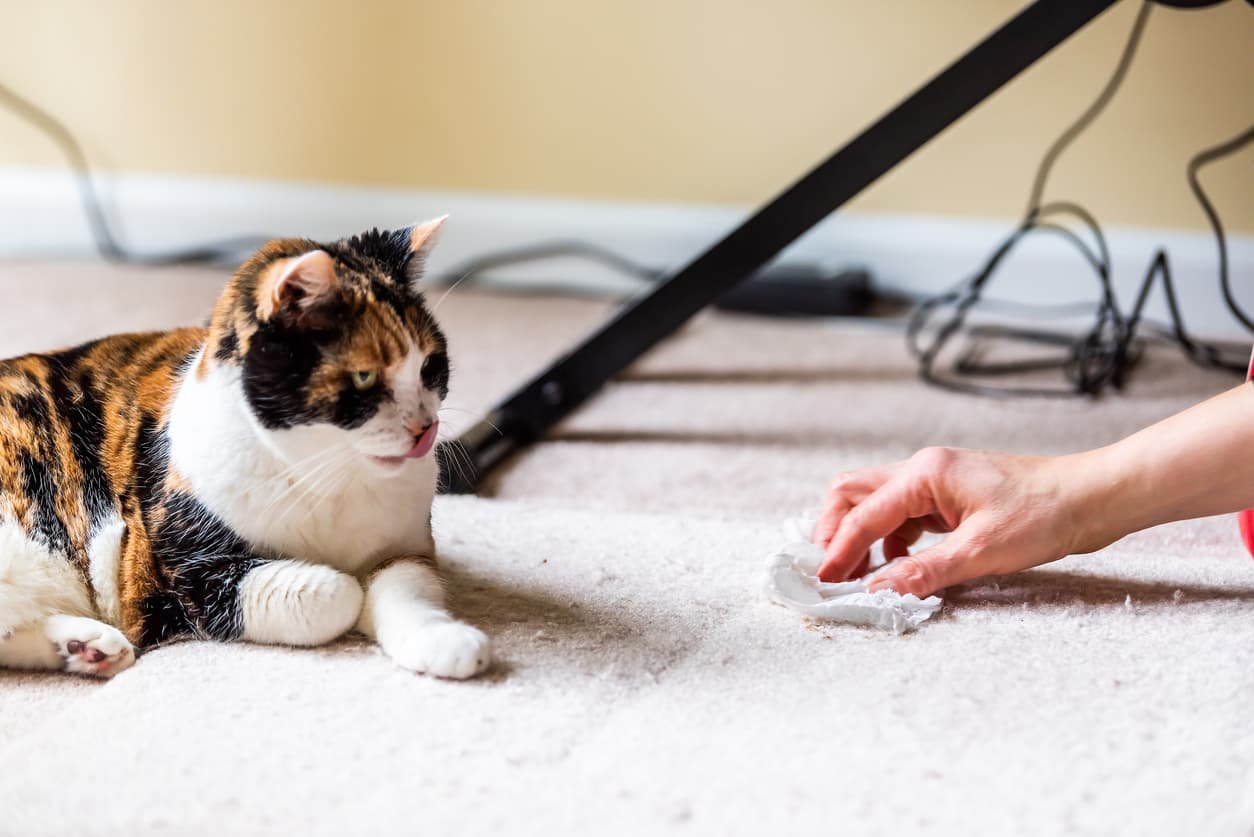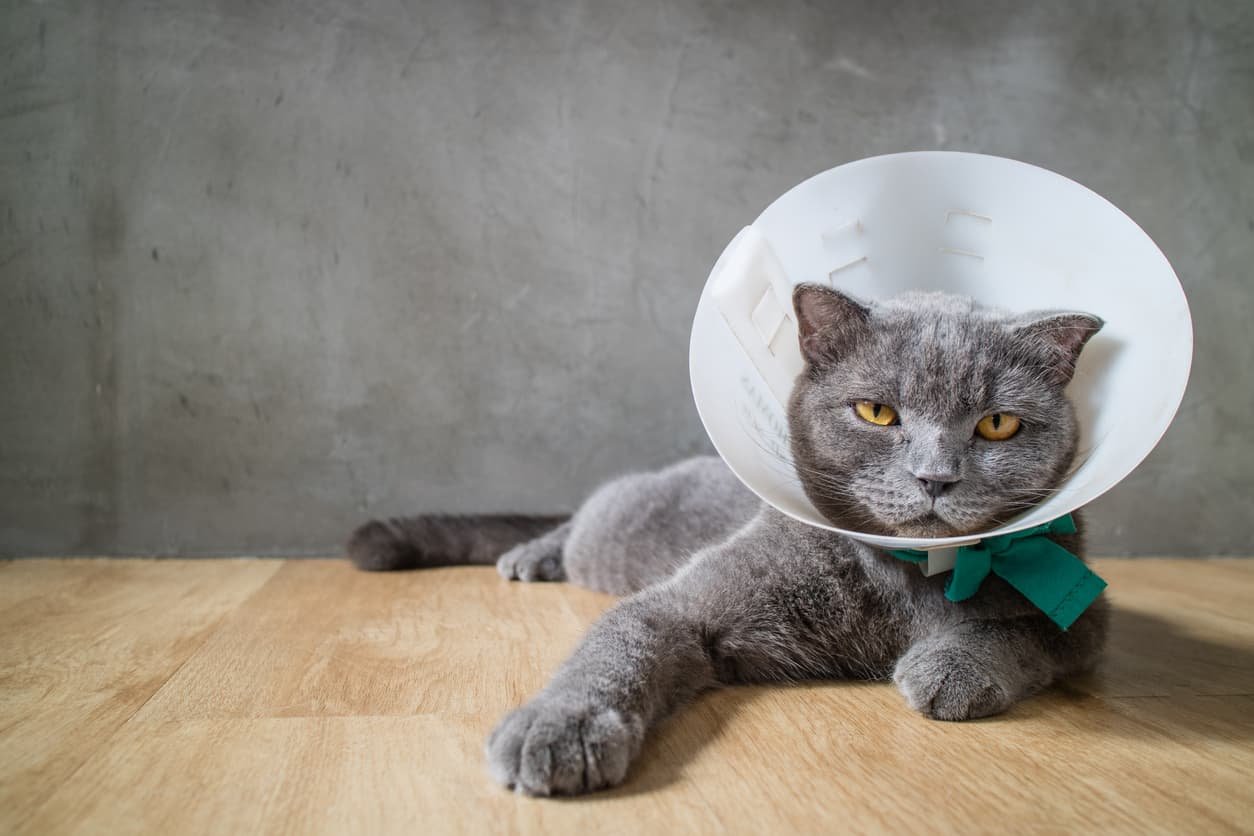Feeding your cat the right amount is crucial for their overall health and well-being. Too much food can lead to obesity, while too little can result in malnutrition. But how much should you feed a cat? The answer depends on factors like age, weight, activity level, and diet type.
As a cat owner, you may wonder, “How much food should I feed my cat?” The answer isn’t always simple. Whether you’re feeding wet cat food or dry food, your cat’s nutritional needs must be met with the right portion sizes. In this guide, we’ll cover the best feeding practices, including how often should you feed your cat, different diet types, and ways to ensure your feline stays happy and healthy.
Table of Contents
ToggleHow Much Should You Feed a Cat Daily?
The amount of food your cat needs depends on several factors, including:
- Age – Kittens require frequent meals, while adults need measured portions.
- Weight – Overweight cats need controlled portions, while underweight cats may need more food.
- Activity Level – Active cats require more calories than sedentary ones.
- Diet Type – Dry food, wet cat food, and raw diets have different portion recommendations.
A general guideline for adult cats is:
- Dry Food: ¼ to ½ cup per day (based on calorie density)
- Wet Food: 3 to 5 ounces per day
- Mixed Diet: Adjust portions accordingly to maintain calorie balance
Each cat is unique, so consulting a vet for personalized feeding advice is ideal. How much should you feed a cat? The answer varies depending on these key factors.
Dry vs. Wet Cat Food: Which is Better?
When deciding how much to feed a cat, it’s important to choose the right type of food. Many cat owners wonder whether they should feed wet cat food or dry food.
According to PetMD, both have benefits:
- Dry Food: Convenient, longer shelf life, helps with dental health.
- Wet Cat Food: Higher moisture content, better for hydration, easier to digest.
If you’re asking, “How much should I feed my cat?”, consider a combination of both. Mixing dry and wet cat food ensures proper hydration while maintaining dental health.
How Much Wet Food Should a Cat Eat?
Wet food contains more moisture, making it beneficial for hydration. General recommendations for adult cats:
- 3 oz can: 1 can per 5 lbs of body weight per day
- 5 oz can: ½ can per 5 lbs of body weight per day
If you’re feeding wet cat food exclusively, your cat may need 2–3 cans daily, depending on their weight.
How Often Should You Feed a Cat?
How often you feed your cat depends on age and lifestyle:
- Kittens (under 6 months): 3–5 meals per day
- Adult Cats: 2 meals per day (morning and evening)
- Senior Cats: 2–3 smaller meals per day
If you wonder, “How often should you feed a cat?”, the general rule is at least twice daily for adults.
How Much Should I Feed My Cat Based on Weight?
| Cat Weight (lbs) | Dry Food (cups) | Wet Food (oz) |
|---|---|---|
| 5 lbs | ¼ cup | 3–4 oz |
| 10 lbs | ½ cup | 5–6 oz |
| 15 lbs | ¾ cup | 7–8 oz |
| 20 lbs | 1 cup | 8–10 oz |
When asking, “How much should I feed my cat?”, use this table as a starting point and adjust based on their needs.
How Many Calories Does a Cat Need Daily?
| Activity Level | Calories per Day (Adult Cat) |
|---|---|
| Low Activity | 180–200 kcal |
| Moderate Activity | 200–250 kcal |
| High Activity | 250–300 kcal |
Monitoring your cat’s weight helps prevent overfeeding or underfeeding.
The Importance of a Cat Tunnel Bed for Digestion and Exercise
A cat tunnel bed is an excellent addition to any home with a feline companion. These beds provide a cozy place for your cat to rest, but they also encourage play and exercise, which is crucial for maintaining a healthy weight. Cats who engage in play before or after meals are more likely to digest their food properly and avoid issues like bloating and obesity. A cat tunnel bed allows your pet to satisfy their natural hunting instincts, keeping them mentally and physically stimulated. Investing in a good-quality cat tunnel bed can contribute to a balanced feeding routine and overall feline well-being.
Should You Free-Feed a Cat?
Free-feeding (leaving food out all day) can lead to overeating. Instead:
- Measure daily portions
- Stick to a feeding schedule
- Use interactive feeders for mental stimulation
If you’re asking, “How much should you feed a cat?”, avoid free-feeding and follow structured meal plans.
Why Is My Cat Always Hungry?
If your cat constantly begs for food, possible reasons include:
- Not getting enough nutrients
- Boredom or lack of stimulation
- Medical conditions like hyperthyroidism or diabetes
Consult a vet if excessive hunger is a concern.
How to Transition a Cat to New Food
If you’re changing your cat’s food, transition gradually:
- Days 1–2: 75% old food, 25% new food
- Days 3–4: 50% old food, 50% new food
- Days 5–6: 25% old food, 75% new food
- Day 7: 100% new food
This method prevents digestive upset when changing how much to feed a cat.
Final Thoughts
So, how much should you feed a cat? The answer depends on weight, age, activity level, and diet. Portion control, meal timing, and proper nutrition ensure a long, healthy life for your cat. Always consult your veterinarian for personalized feeding recommendations.
If you’ve been wondering, “How much should I feed my cat?”, now you have the expert knowledge to create the perfect feeding routine for your pet. How much should you feed a cat? Make informed decisions and keep your feline happy and healthy!
FAQ
Why is my cat always hungry?
Common reasons include: - High-metabolism breeds (e.g., Siamese) - Poor-quality food (lacks nutrients, so cats eat more) - Medical issues (diabetes, hyperthyroidism) - Boredom/habit (try puzzle feeders)
How much should a 10-pound cat eat?
A healthy 10-lb cat needs 200–250 calories/day (about ½ cup dry food or 5–6 oz wet food). Adjust for: - Age (kittens/seniors need tailored diets) - Activity level (outdoor cats burn 20% more) - Food type (check calorie labels)
Is 1 cup of cat food too much?
For most cats, 1 cup of dry food per day is too much, as it often exceeds their daily calorie needs. A typical adult cat needs around ½ cup or less, depending on the food’s calorie density. However, large or highly active cats may require closer to ¾ cup. Overfeeding can lead to obesity, so portion control is essential.
Do cats stop eating when they are full?
Some cats will naturally stop eating when they are full, but others may overeat, especially if food is always available. Factors like boredom, competition with other pets, or certain health conditions can lead to excessive eating. To prevent overeating, feed your cat controlled portions at scheduled times rather than free-feeding.
How much food should a cat eat a day?
The average adult cat needs 20–30 calories per pound daily (e.g., a 10-lb cat requires 200–300 calories). Exact amounts depend on: Food type: - Dry food: ¼–½ cup (≈ 200 kcal) - Wet food: 2x 3-oz cans (≈ 250 kcal) - Activity level: Indoor cats need 10% fewer calories. - Age: Kittens need 2x more calories than adults. Pro Tip: Use a portion-control bowl and monitor weight monthly.

